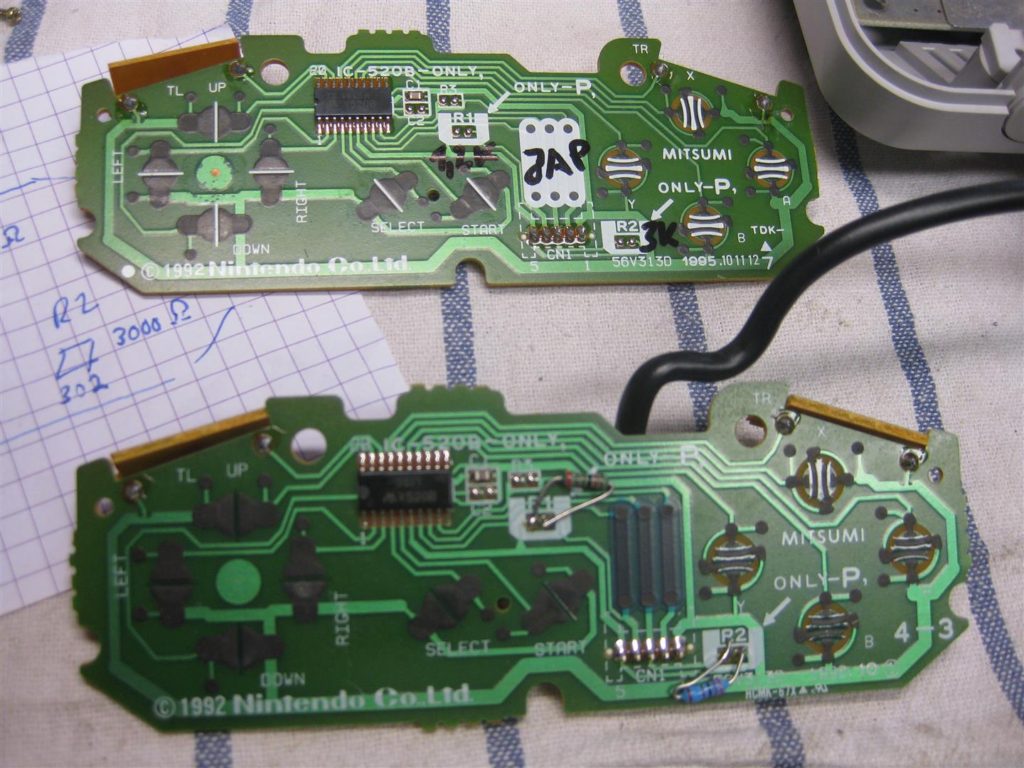PCB is an important part of the electronic information industry and is widely used in various fields of the electronic information industries. In the process of R&D and design, PCB layout design is a crucial step, which requires huge human and material resources investment. The creative work of the development contributed by designer is condensed. With the increasingly fierce competition in the electronic market, the PCB Board copying and plagiarism against layout drawing, Gerber file and schematic diagram is also constantly growing. The problems involved in PCB Reverse Engineering Intellectual Property Protection are particularly prominent.

PCB reverse engineering is mainly to analyze and research the existing printed circuit board, so as to get a new PCB layout drawing, schematic diagram and gerber file, which will inevitably copy and imitate the original pcb layout design, which will lead to intellectual property disputes, as an intelligence. As a result, the
PCB layout drawing, schematic diagram and gerber file should be protected by relevant intellectual property laws.
However, the existing intellectual property laws do not clearly define the design of the PCB layout drawing, gerber file and schematic diagram, and the legal status of the PCB board reverse engineering is not clear, so that the technique can’t be effective relief in the judicial field when it involves intellectual property infringement.

In order to promote the healthy development of the PCB Board manufacturing industry and to protect the legitimate rights and interests of the original PCB designers, it is necessary for us to conduct in-depth research on the infringement issues involved in the reverse engineering PCB board. The intellectual property issues involved in the project are mainly the issue of PCB copying infringement. Different from the copying in the sense of copyright law, it is divided into two types: full Printed circuit board copy and partial PCB board copy.






